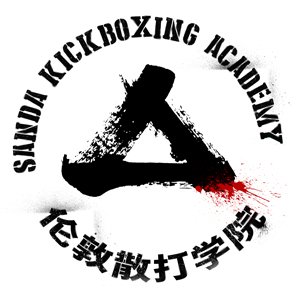Working through Discomfort in martial arts
Embracing Discomfort: The Path to Mastery in Martial Arts
In the world of martial arts, the journey to becoming an expert is as much about mental fortitude as it is about physical prowess. This path is often paved with challenges that demand not just routine commitment but also a readiness to endure and embrace discomfort. It's a journey that teaches that pain and discomfort are not just inevitable but essential components of growth.
The Role of Discomfort in Learning
Discomfort in martial arts comes in various forms, from the physical exertion of repetitive practice to the mental strain of overcoming failures and fears. Legendary martial artists like Bruce Lee and Jigoro Kano have often emphasized the importance of enduring pain as a gateway to mastering their art. Bruce Lee famously said, “Do not pray for an easy life, pray for the strength to endure a difficult one.” This highlights the philosophy that discomfort is not a hindrance but a necessity in the transformative process of becoming an expert. Or as Jigoro Kano would put it:
“Face your fear, empty yourself, trust your own voice, let go of control, have faith in outcomes, connect with a larger purpose, derive meaning from the struggle.”
Physical Challenges
Physically, martial arts push the body to its limits. Training sessions are intense, often leaving practitioners with bruises and sore muscles. These are not signs of defeat but of progress, as each mark represents a step forward in the practitioner's journey. The physical pain associated with martial arts teaches resilience, reminding students that their limits are often further than they seem.
Mental and Emotional Growth
Mentally, martial arts challenge practitioners to step outside their comfort zones. Learning new techniques, facing stronger opponents, and participating in competitions can be daunting. The fear of failure is a significant form of discomfort. Overcoming this fear involves a critical shift in perspective—viewing each setback as a learning opportunity rather than a defeat. This mental shift is crucial for growth in martial arts and beyond.
The Role of the school
The martial arts school is a place where discomfort is both acknowledged and respected. It is here that the ethos of persistence in the face of hardship is cultivated. Instructors play a crucial role by setting high expectations and offering rigorous training regimens that help students learn to cope with and eventually embrace discomfort. This environment fosters a community where resilience is celebrated and support is readily available, making it easier for students to push through the toughest challenges.
Cultivating Resilience
Resilience is perhaps the most significant trait developed through martial arts. It involves not only the capacity to recover quickly from difficulties but also the ability to thrive because of those difficulties. The discomfort experienced through constant practice and frequent failures builds a kind of mental armor. This resilience transcends the training, equipping martial artists to handle life's challenges with a calm, composed, and focused demeanour.
Conclusion
In martial arts, discomfort is more than just a momentary pain; it is a vital part of the training that shapes a novice into an expert. By embracing discomfort, martial artists learn not just how to perform techniques but how to transform challenges into stepping stones for success. The journey through discomfort leads to a deeper understanding of self, an unyielding strength of spirit, and, ultimately, mastery in the art. For anyone aspiring to become an expert in martial arts, it is essential to understand and accept that discomfort is not just inevitable but invaluable. Embrace it, and let it guide you to greater heights.


